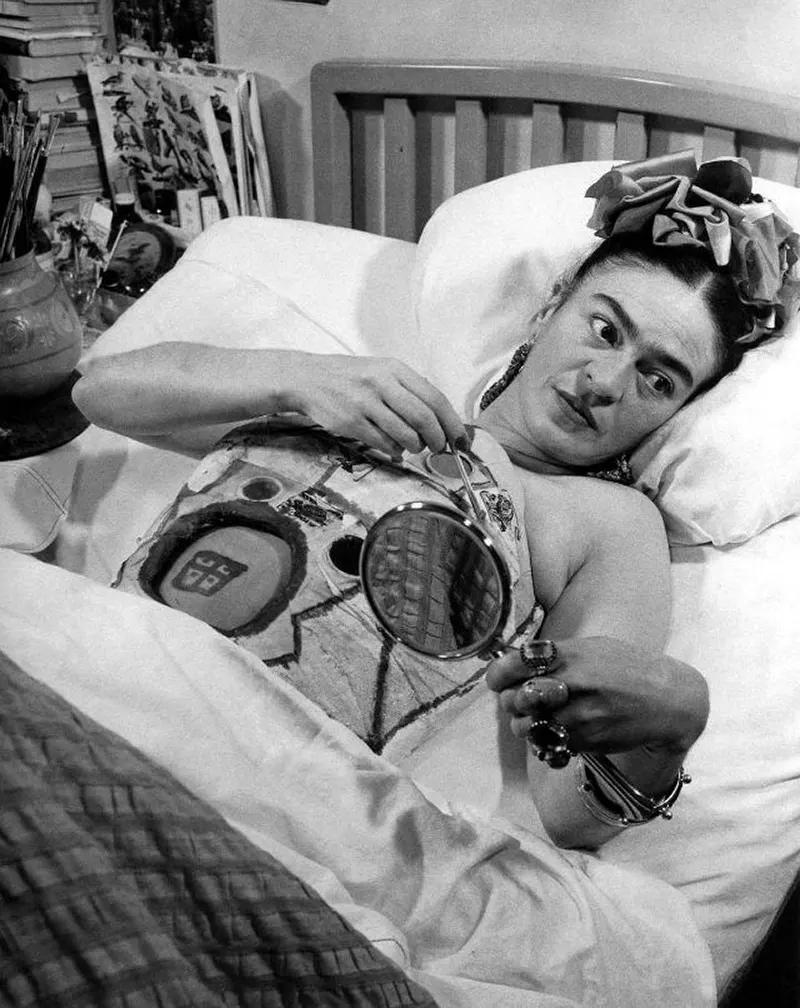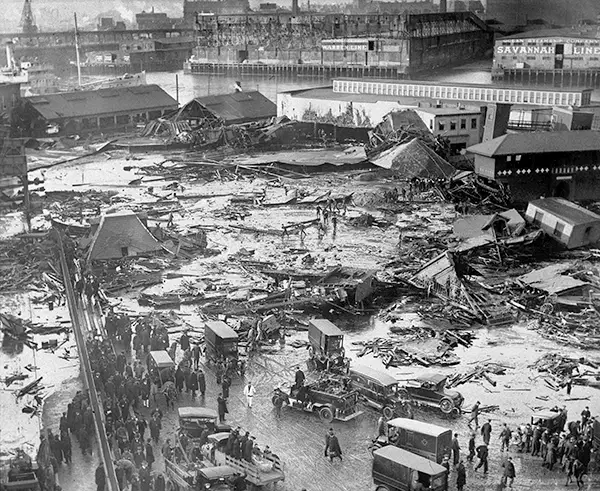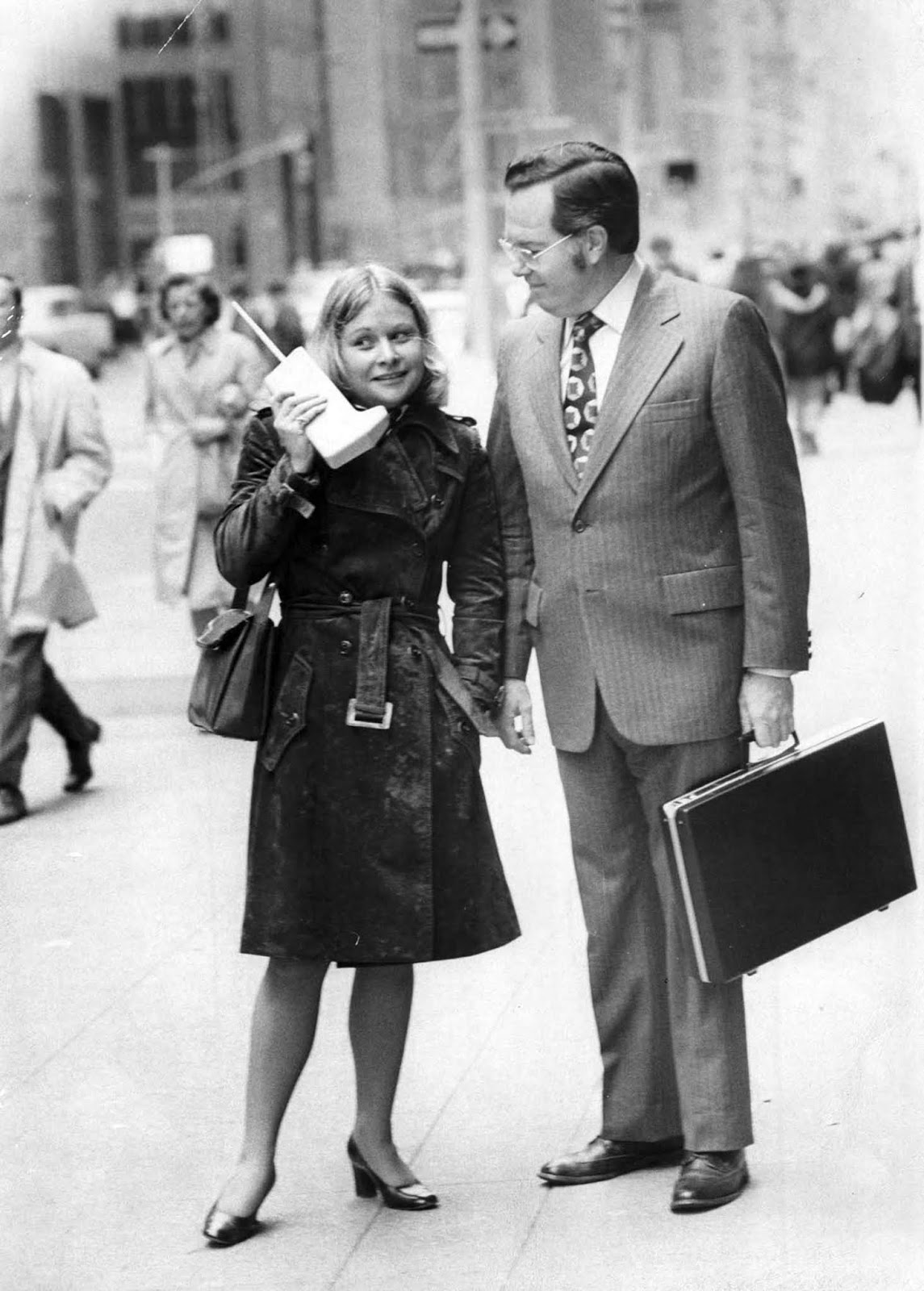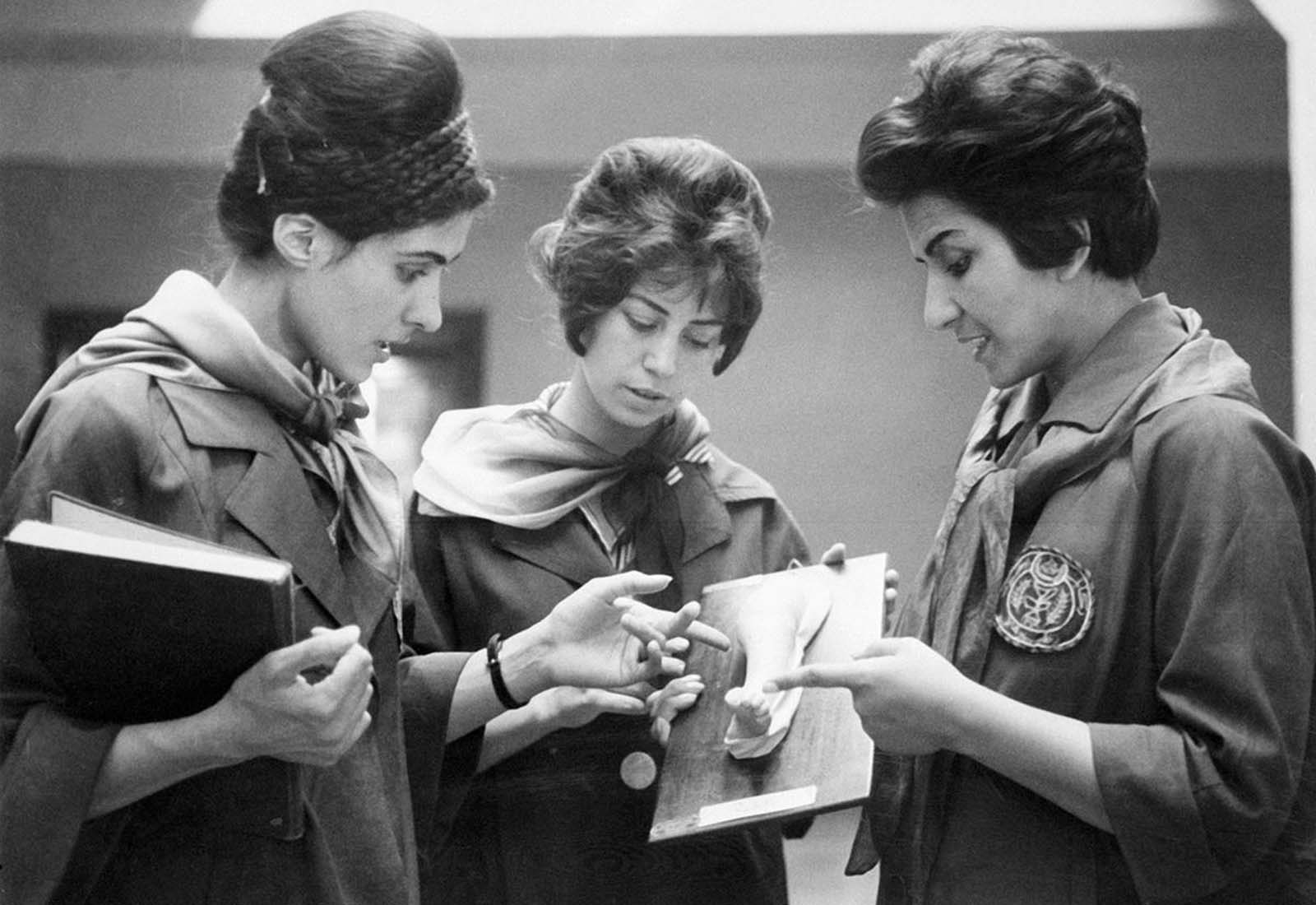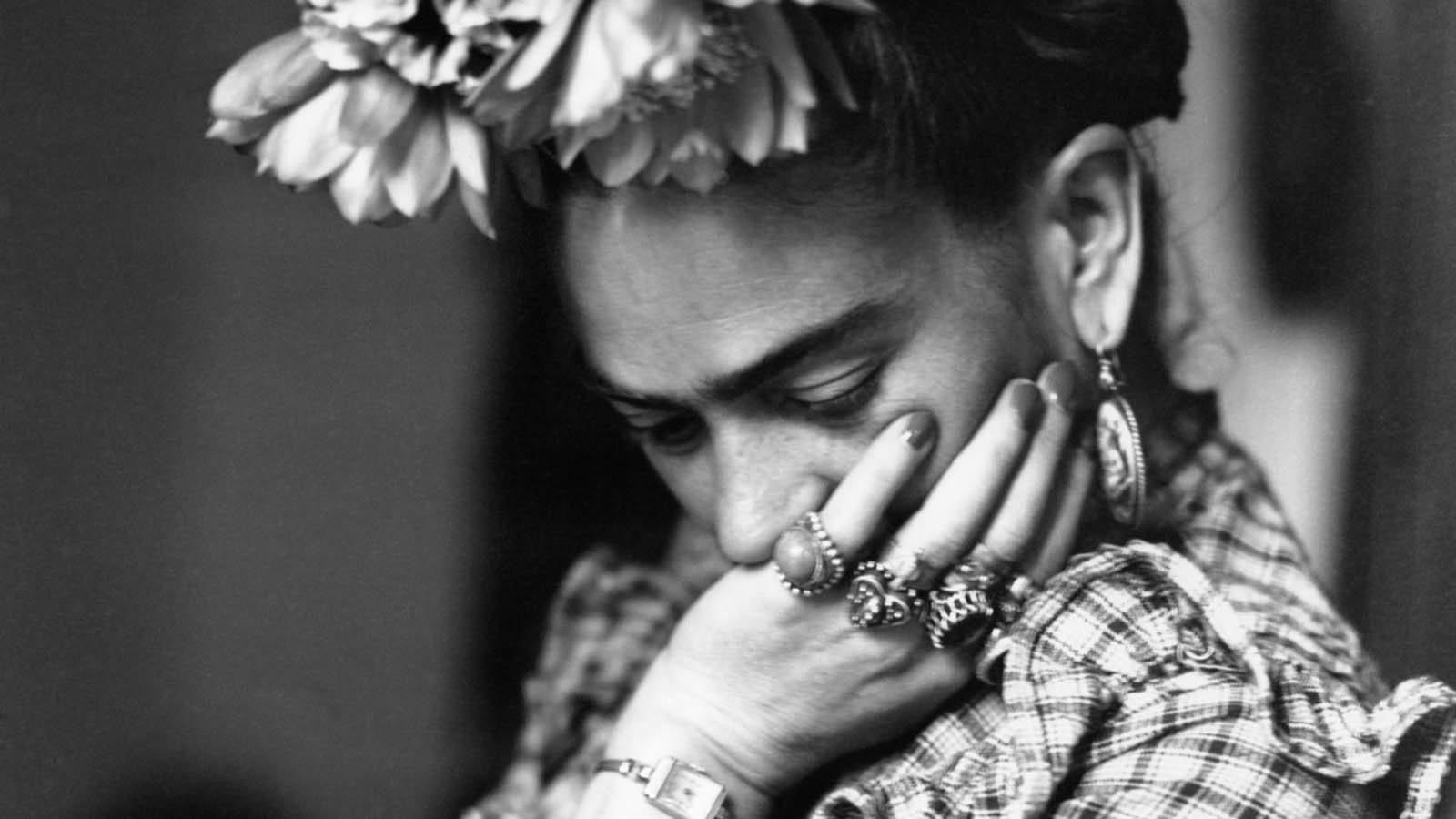
Born in 1907, Frida Kahlo lived for just 47 years. Andre Breton summed up Kahlo as “a ribbon around a bomb.” Here are some facts about the woman remembered as one of Mexico’s greatest artists.
Kahlo lived most of her life in pain, the effect of contracting polio as a child, then being involved in a devastating road accident at age 18.
Attempts to repair the damage with surgery and bone grafts exacerbated the situation. By her 40s, her days were chiefly spent in bed or in a wheelchair, her body encased in a plaster corset.
At 22 she married artist Diego Rivera — he was 42, and her parents described the wedding as the union of an elephant and a dove.
Rivera and Kahlo had affair upon affair, including Rivera seeing Frida’s younger sister, Cristina, and Frida having a brief liaison with Leon Trotsky. In 1939, the couple divorced. A year later they remarried.
During her lifetime, Kahlo was initially known simply as Rivera’s partner — an exotic eccentric. Her own work, while selling in her final decade, was often overshadowed by her Bohemian reputation, and her dressing in traditional Mexican costume. She was not able to make a sustainable living from her art until late in her life.
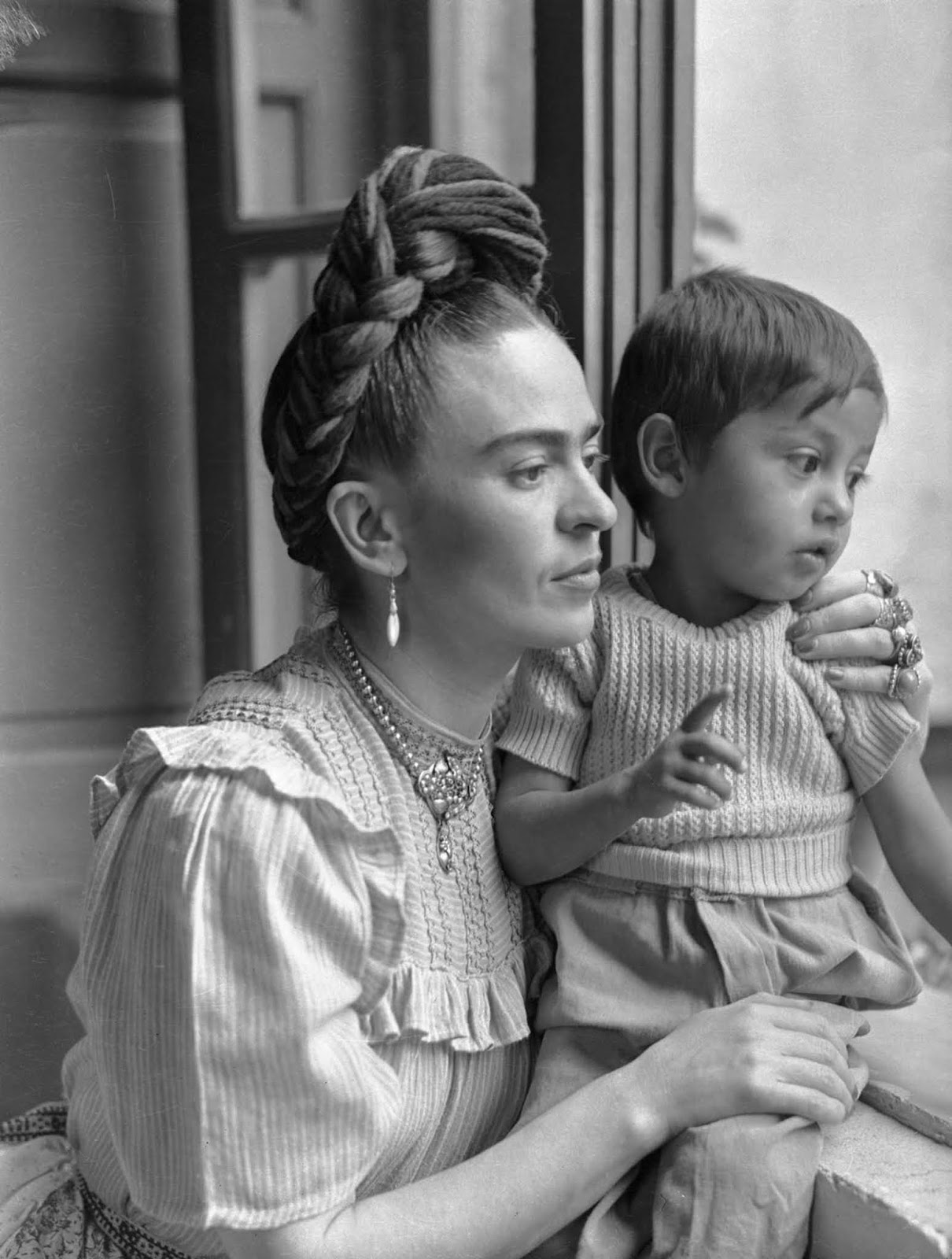
Her paintings often had strong autobiographical elements and mixed realism with fantasy.
By 1953, such was her declining physical state that for her first Mexican solo show, her four poster bed was taken from her house to the gallery, and Kahlo arrived by ambulance and was transferred from said ambulance to her bed by a stretcher. This was also the year her right leg was amputated.
The remaining years of her life were dominated by depression and anxiety, alcohol and painkillers. Rivera continued to have affairs, Kahlo attempted to take her own life. Her last words, written in her journal, were, “I joyfully await the exit — and I hope never to return –Frida.”
Her work was revisited in the 1970s, and what followed was a trickle and then today’s torrent of fervour—”Fridamania.” Britain’s Tate Modern regards her as “one of the most significant artists of the twentieth century.”
And, perhaps paradoxically, in 2017, she became an animated character in a Disney film. This photoshoot presented in this article took place in 1944.
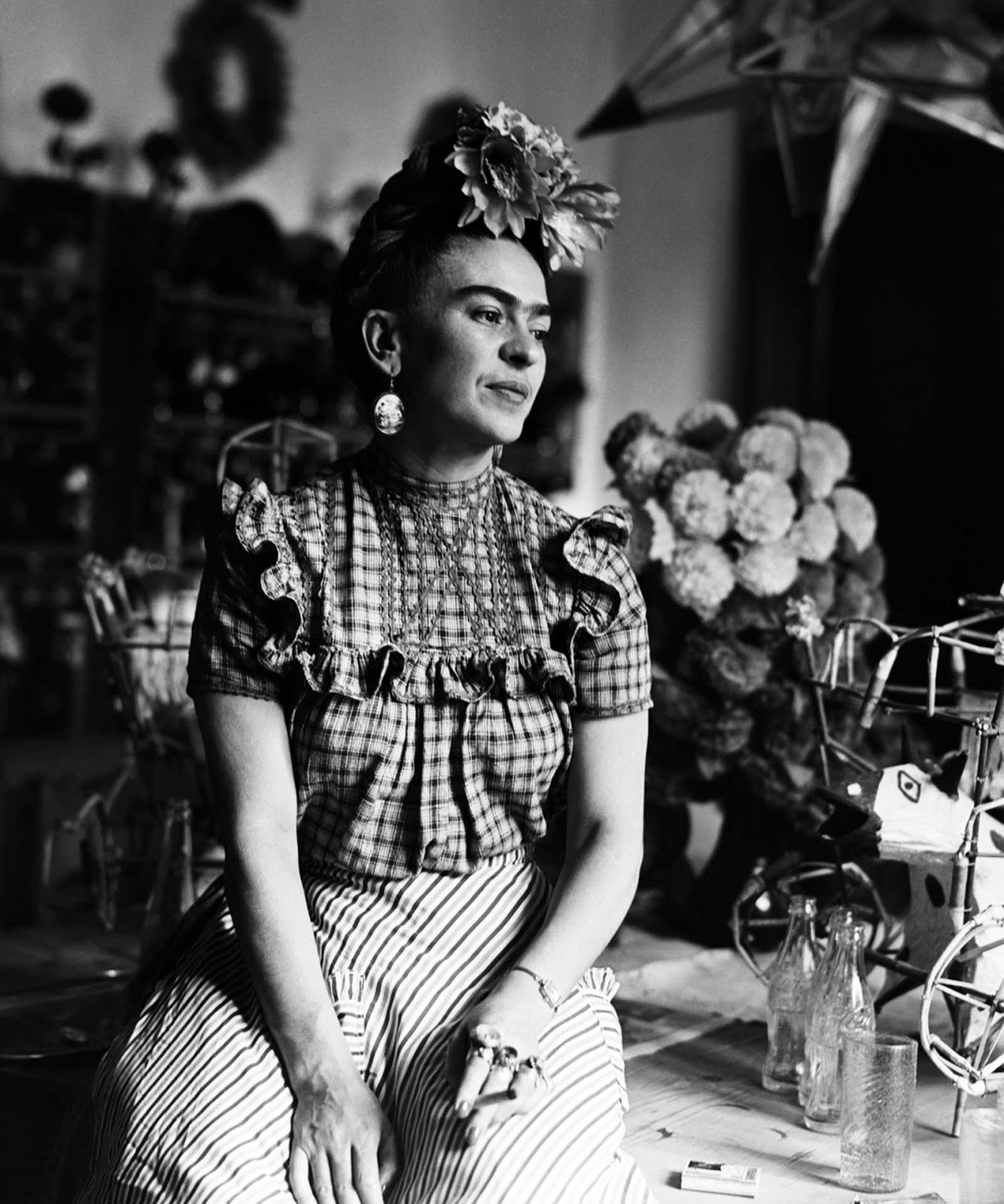
In addition to belonging to the post-revolutionary Mexicayotl movement, which sought to define a Mexican identity, Kahlo has been described as a surrealist or magical realist.
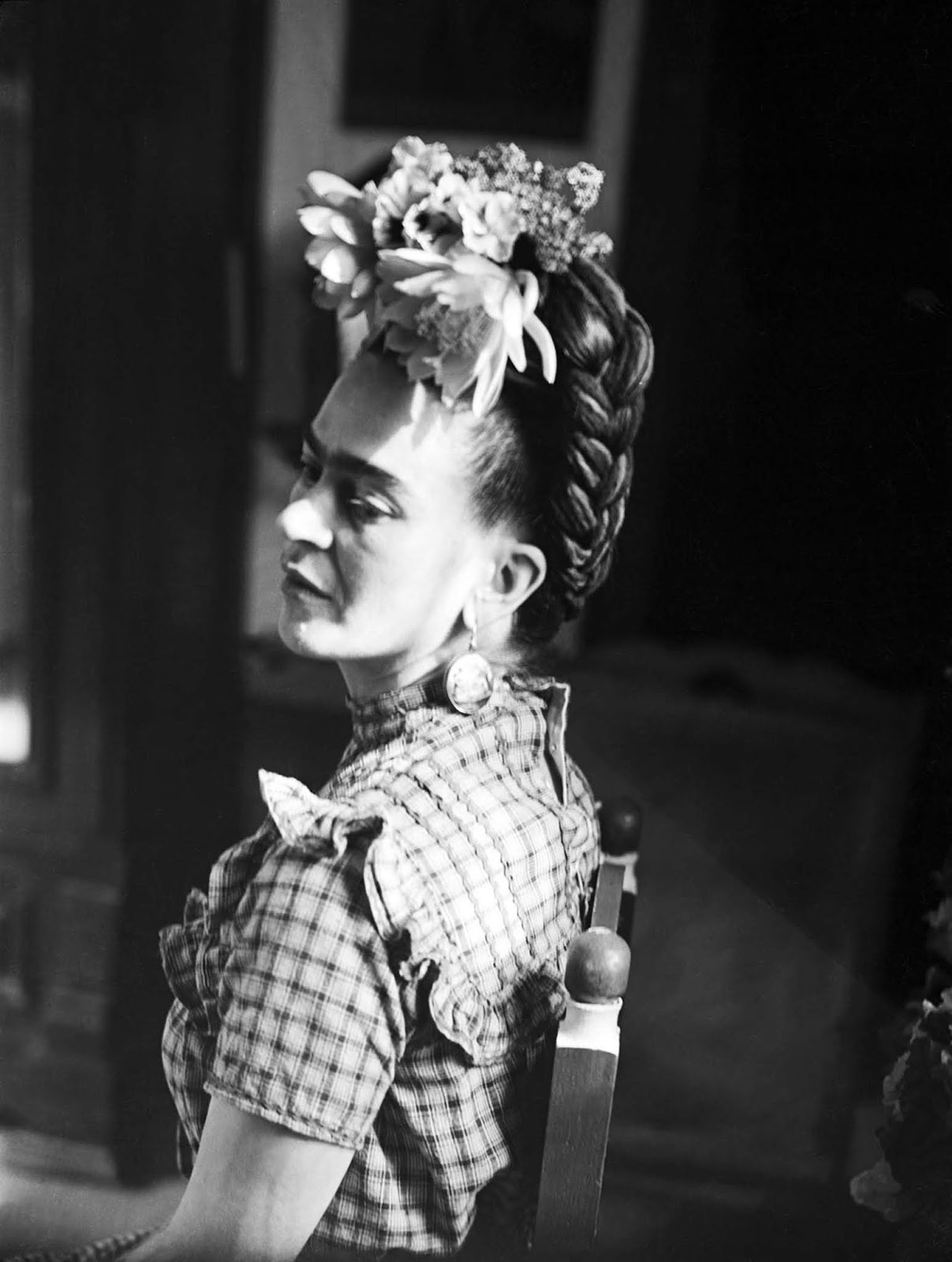
Born to a German father and a mestiza mother, Kahlo spent most of her childhood and adult life at La Casa Azul, her family home in Coyoacán, now publicly accessible as the Frida Kahlo Museum.

Although she was disabled by polio as a child, Kahlo had been a promising student headed for medical school until a traffic accident at age eighteen, which caused her lifelong pain and medical problems.

Kahlo’s interests in politics and art led to her joining the Mexican Communist Party in 1927, through which she met fellow Mexican artist Diego Rivera.
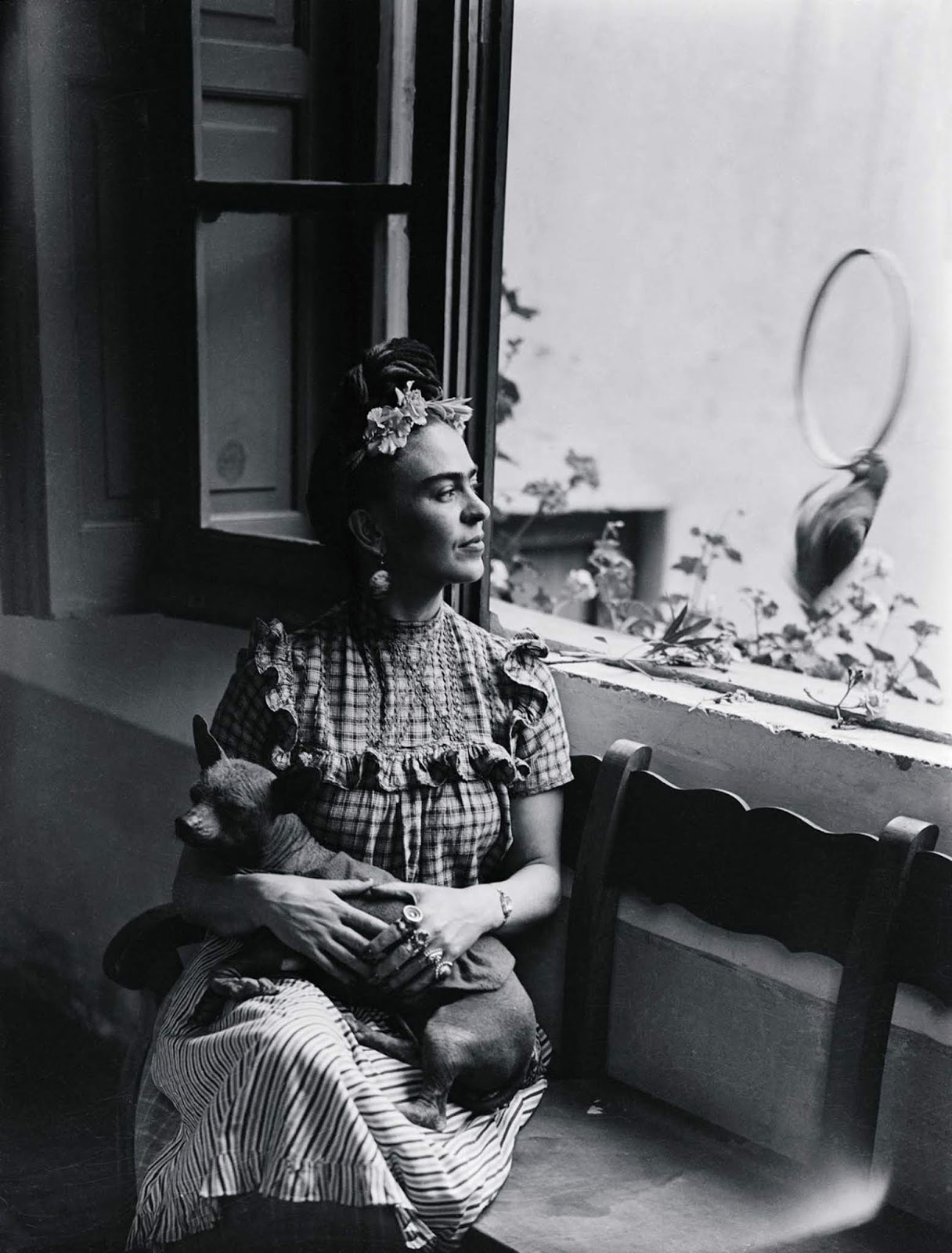
During this time, she developed her artistic style, drew her main inspiration from Mexican folk culture, and painted mostly small self-portraits which mixed elements from pre-Columbian and Catholic beliefs.
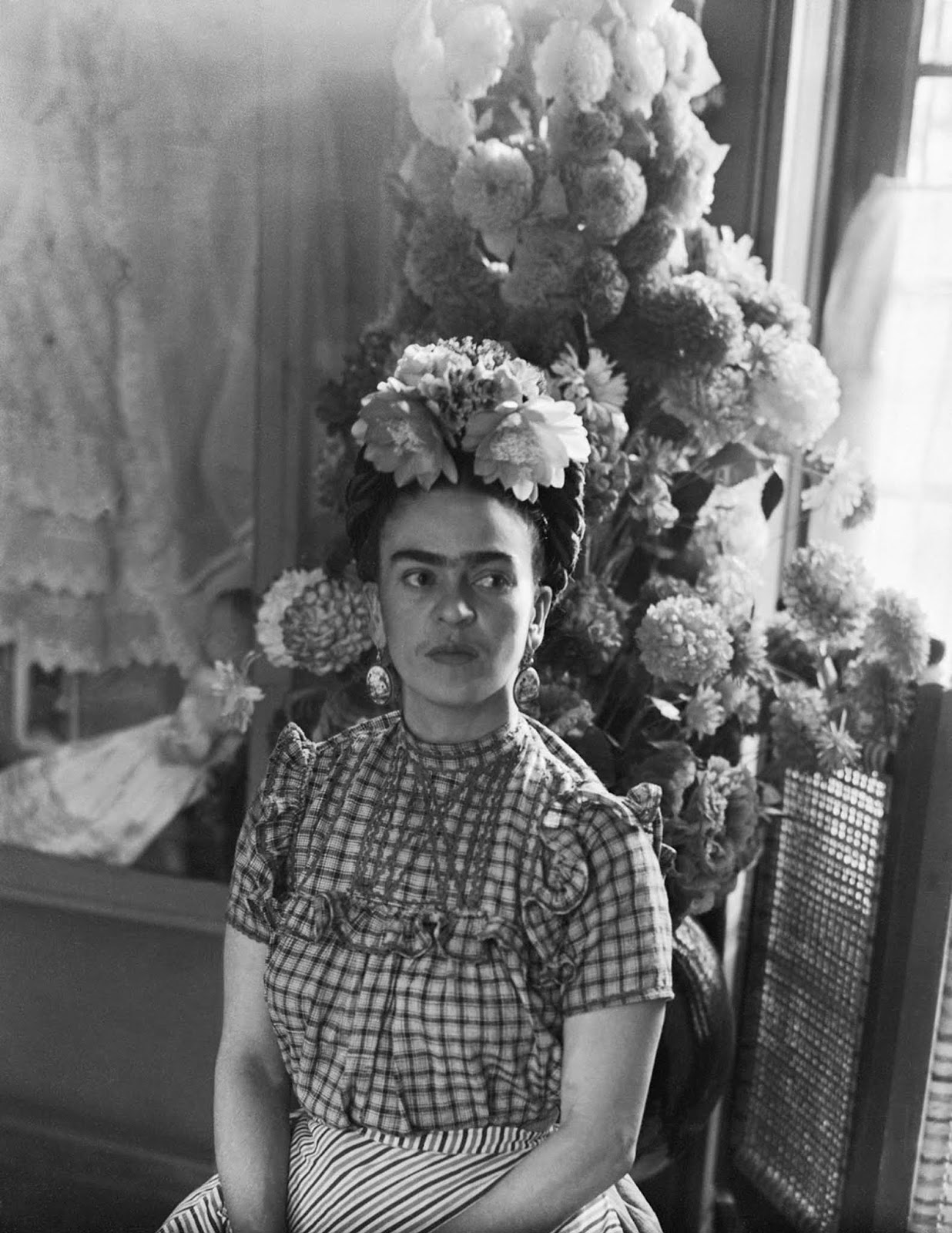
Her paintings raised the interest of Surrealist artist André Breton, who arranged for Kahlo’s first solo exhibition at the Julien Levy Gallery in New York in 1938.

Kahlo’s work as an artist remained relatively unknown until the late 1970s, when her work was rediscovered by art historians and political activists.

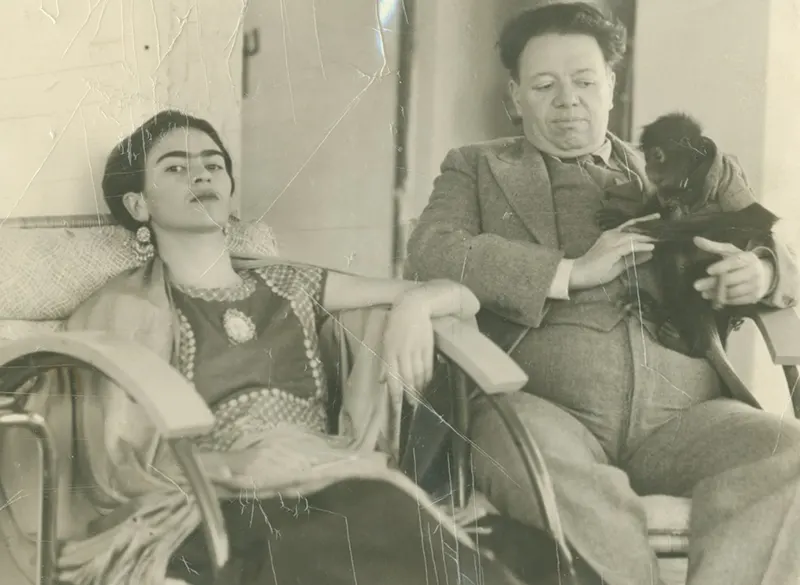
Frida and Diego.




Frida Kahlo in the Casa Azul, 1930.

Frida Kahlo after an operation by Antonio Kahlo, 1946.

Frida and Diego with friends, anonymous photographer, 1945.

Nickolas Muray and Frida Kahlo by Nickolas Muray, 1939.

Frida lying on her stomach by Nickolas Muray, 1946.

Bernard G. Silberstein: Frida Kahlo in Rivera Living Room with Figure of Judas, ca. 1940.
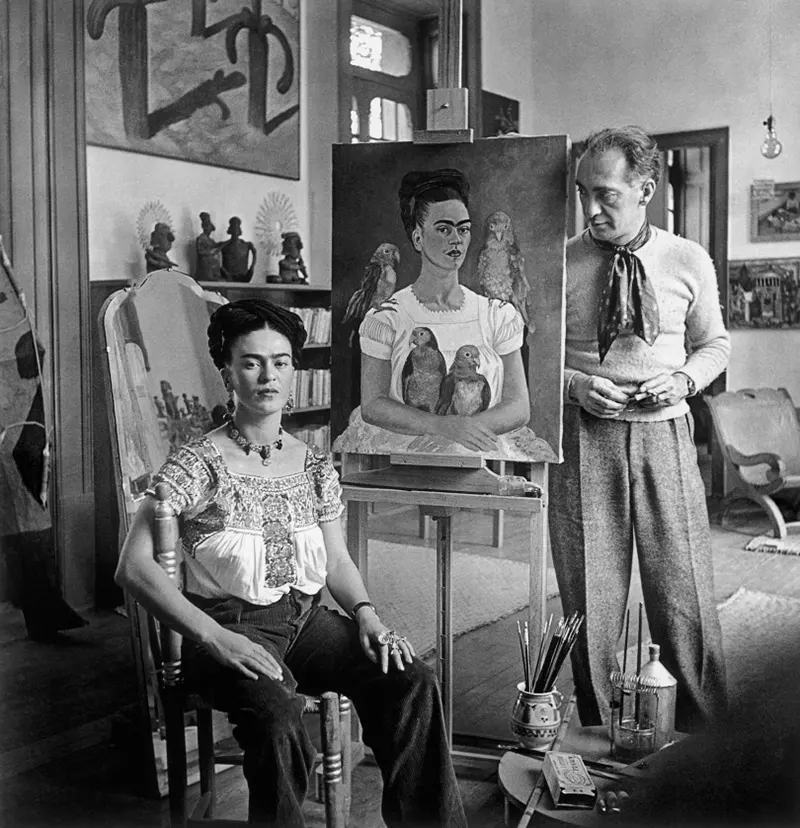
Frida Kahlo and photographer Nickolas Muray.


Frida Kahlo, photo by her father Guillermo Kahlo, 1926.
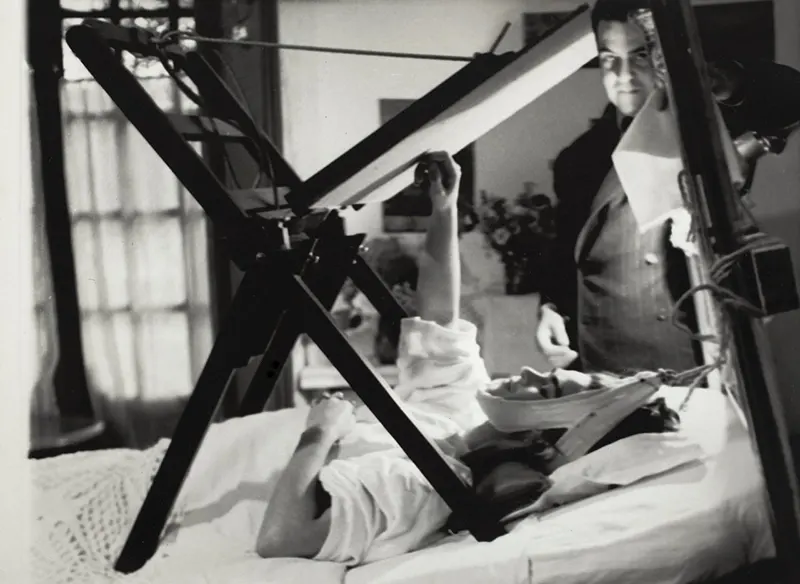
Frida painting in bed, anonymous photographer, 1940.
(Photo credit: Wikimedia Commons / Pinterest / Flickr / MOLAA / Frida Kahlo Museum).
